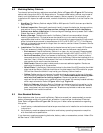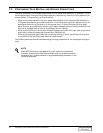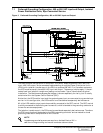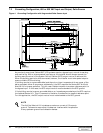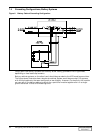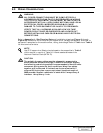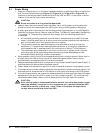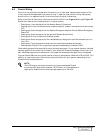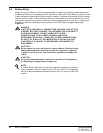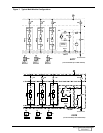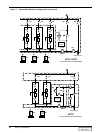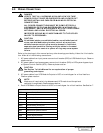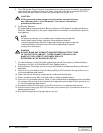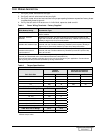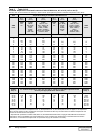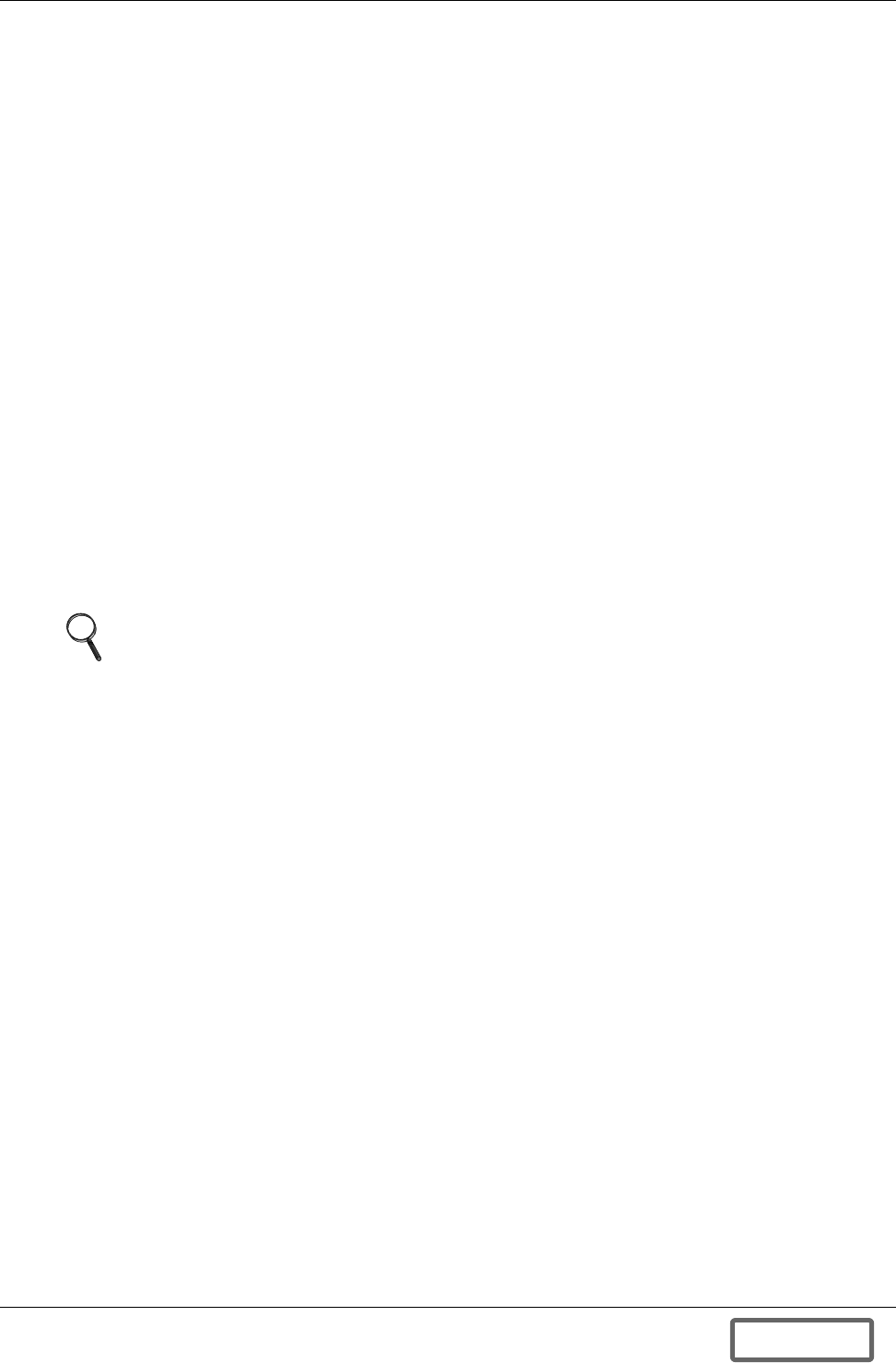
Wiring Considerations 21
8.2 Control Wiring
Control wiring must be stranded and tinned and run in individual separate steel conduits. Con-
trol wiring must be separated from power wiring. In addition, each control wiring cable group
should be run in a separate conduit to minimize control signal interference.
Refer to the Control Connection Locations and Control Wire Lists, Figure 33 through Figure 52.
Notice that there are nine cable groups in a typical system:
• Cable group 1 carries signals for the Module Battery Disconnect.
• Cable group 2 is for the remote communications options: modem, remote terminal and remote
CRT.
• Cable group 3 carries signals for the Remote Emergency Module Off and Remote Emergency
Power Off.
• Cable group 4 carries signals for the optional Remote Status Panel.
• Cable group 5 is for the optional SiteScan system.
• Cable group 6 carries signals for the reduced battery charge limit and the reduced input cur-
rent limit.
• Cable group 7 carries signals to and from the maintenance bypass switchgear.
• Cable groups 20 and 21 carry signals for general housekeeping, modules to SCC.
Other cable groups will be required for other optional equipment. If your system has any installed
options, special wire lists will be included in your Submittal Drawing Package. Contact your Lie-
bert Sales Representative for assistance if the submittal drawings have been lost or misplaced.
Figures AA and BB show the typical location of control connections inside the UPS and SCC. The
position of a particular control connection may be different for your system, depending on the
model and the installed options.
NOTE
The UPS control and communication wiring are considered Class 2
circuits by NEC standards. However, NEC Class 1 wiring methods are
required for these circuits to ensure proper operation of the UPS.
DISCONTINUED
PRODUCT



